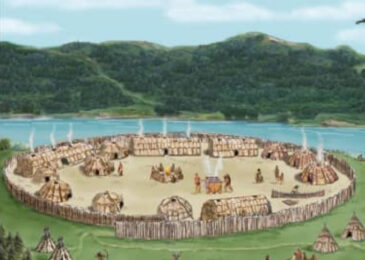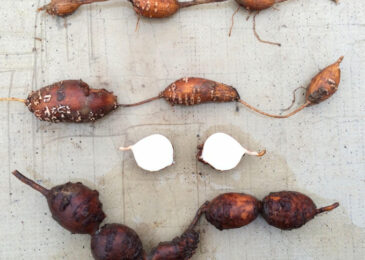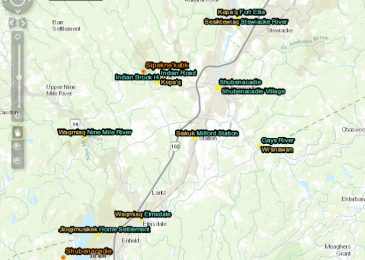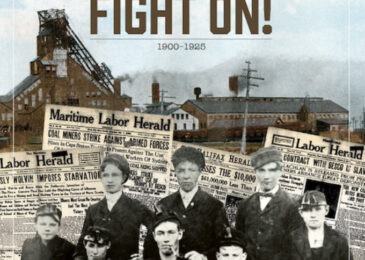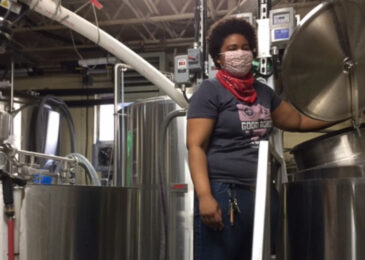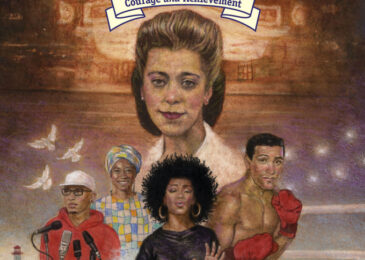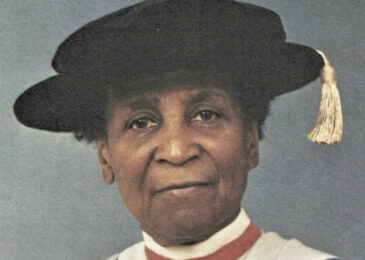Brenda Thompson: Something smells here – Fighting poor people in a poor people’s graveyard
Brenda Thompson on the city’s long history of pushing poor people out of sight on the very site of this week’s violent evictions. “The crappy treatment of poor people on this piece of land is historic.”


